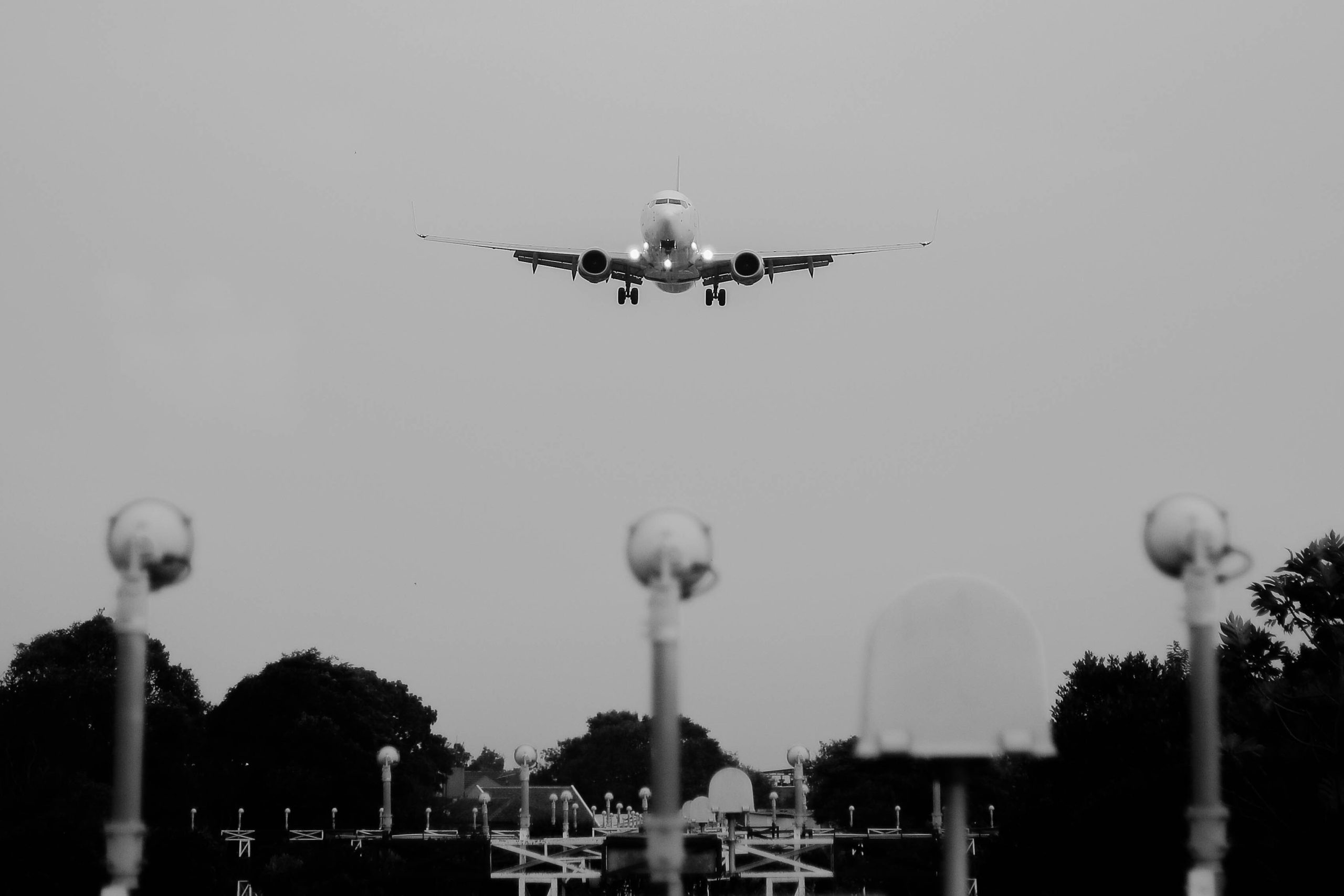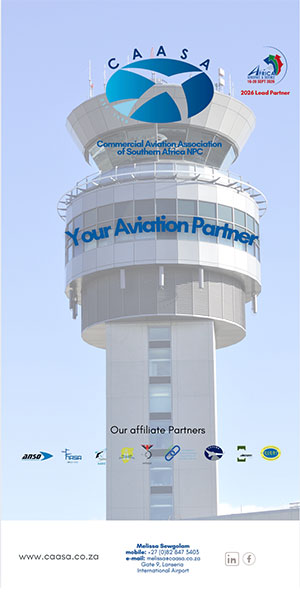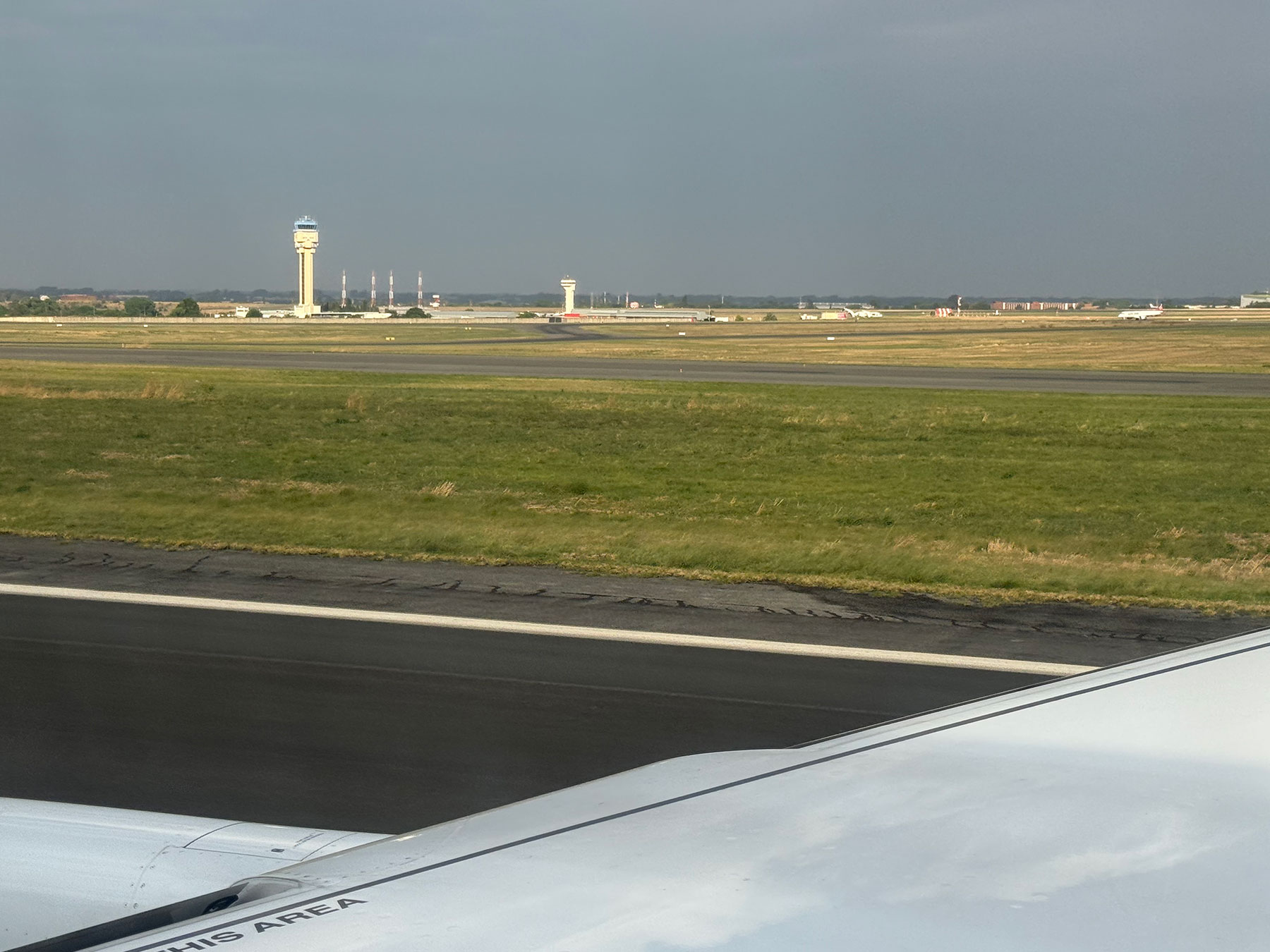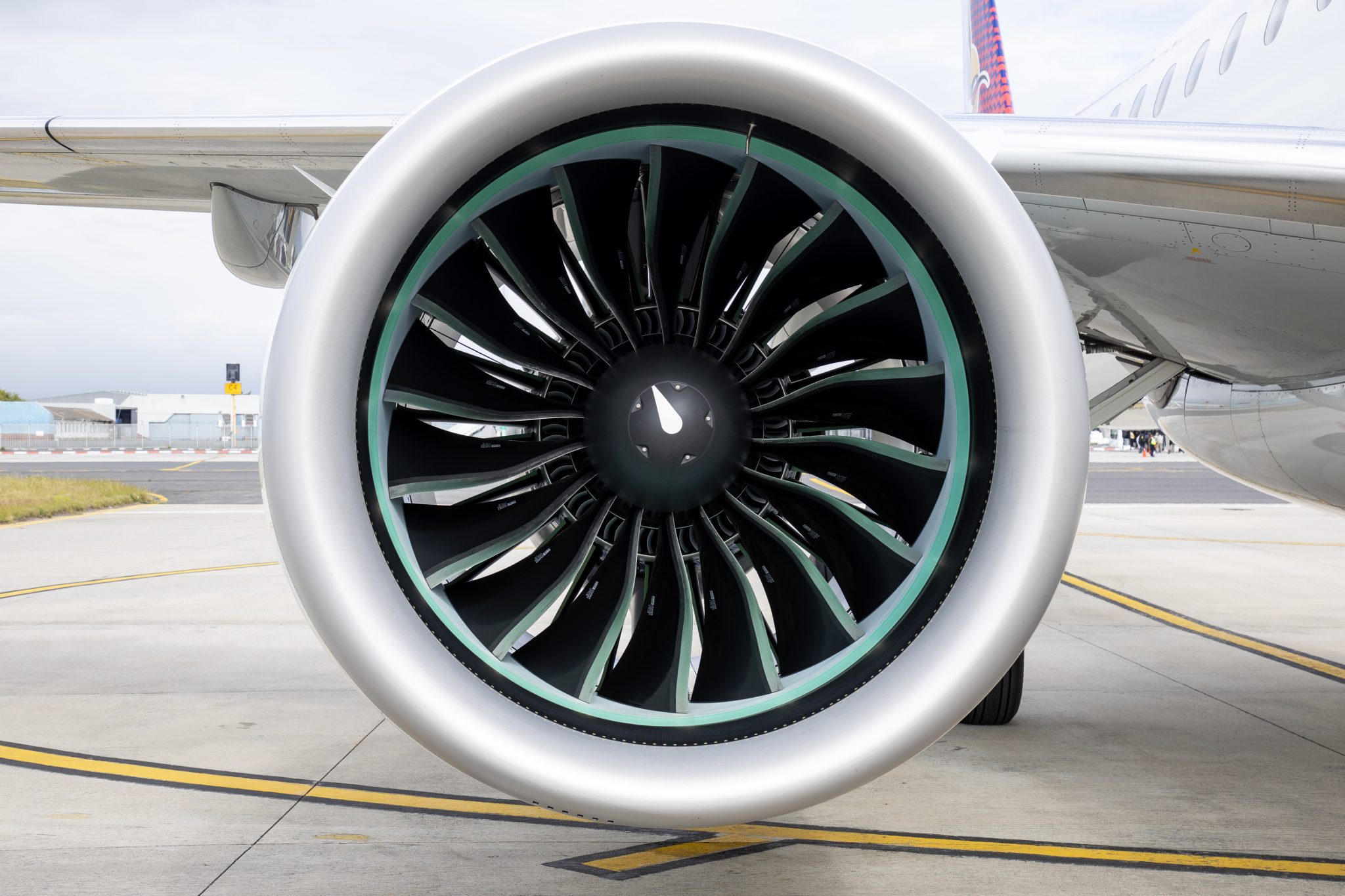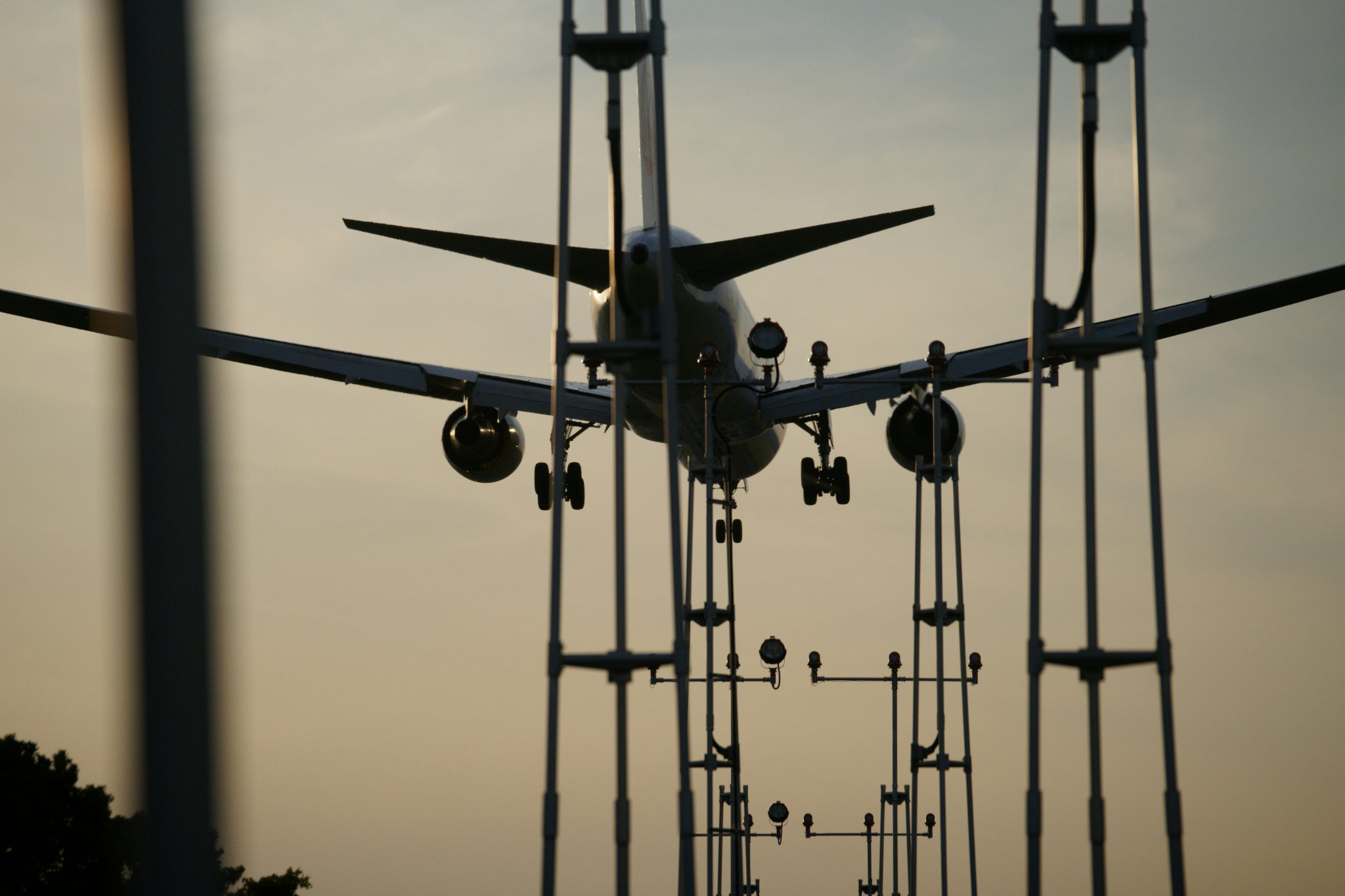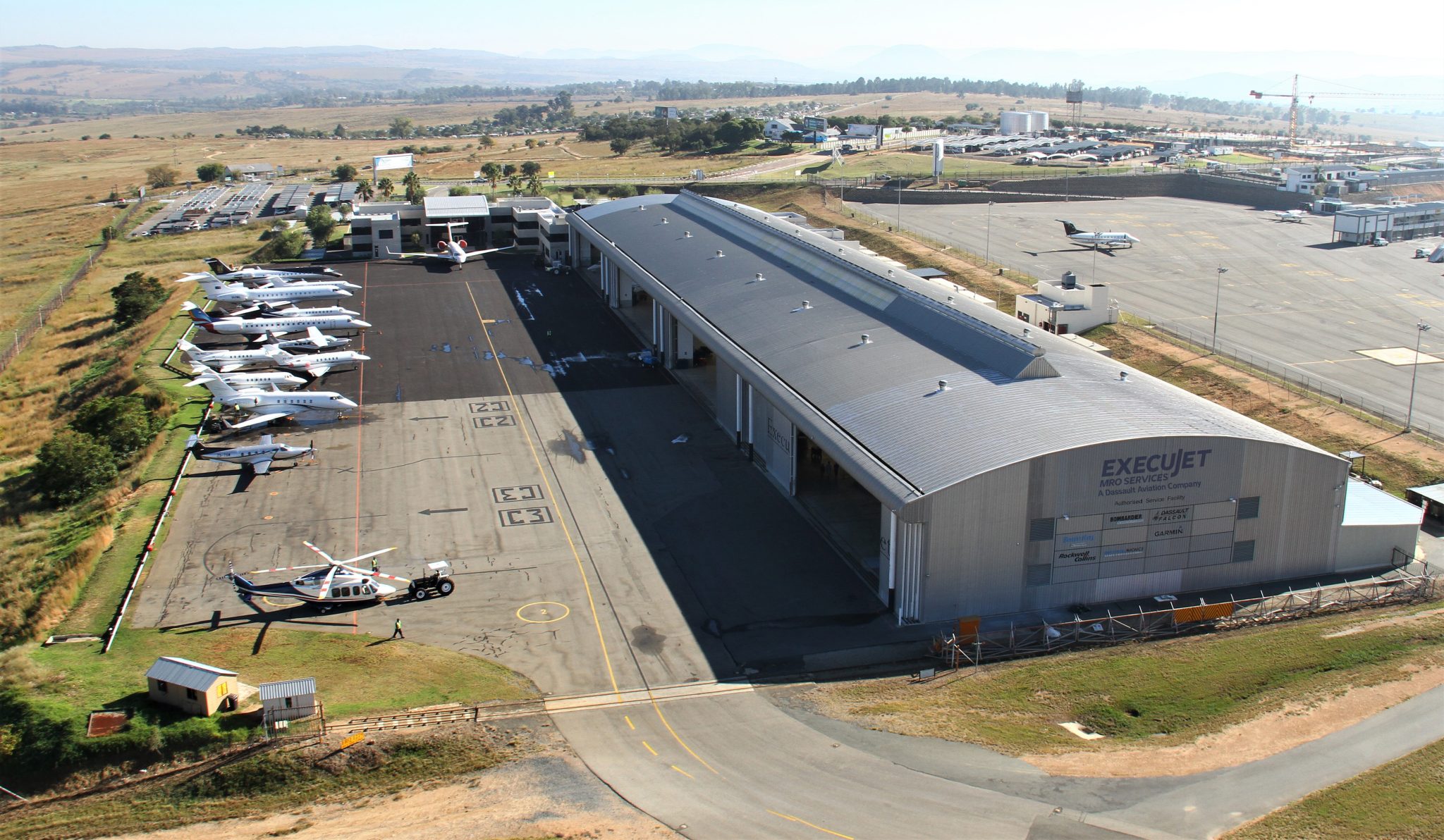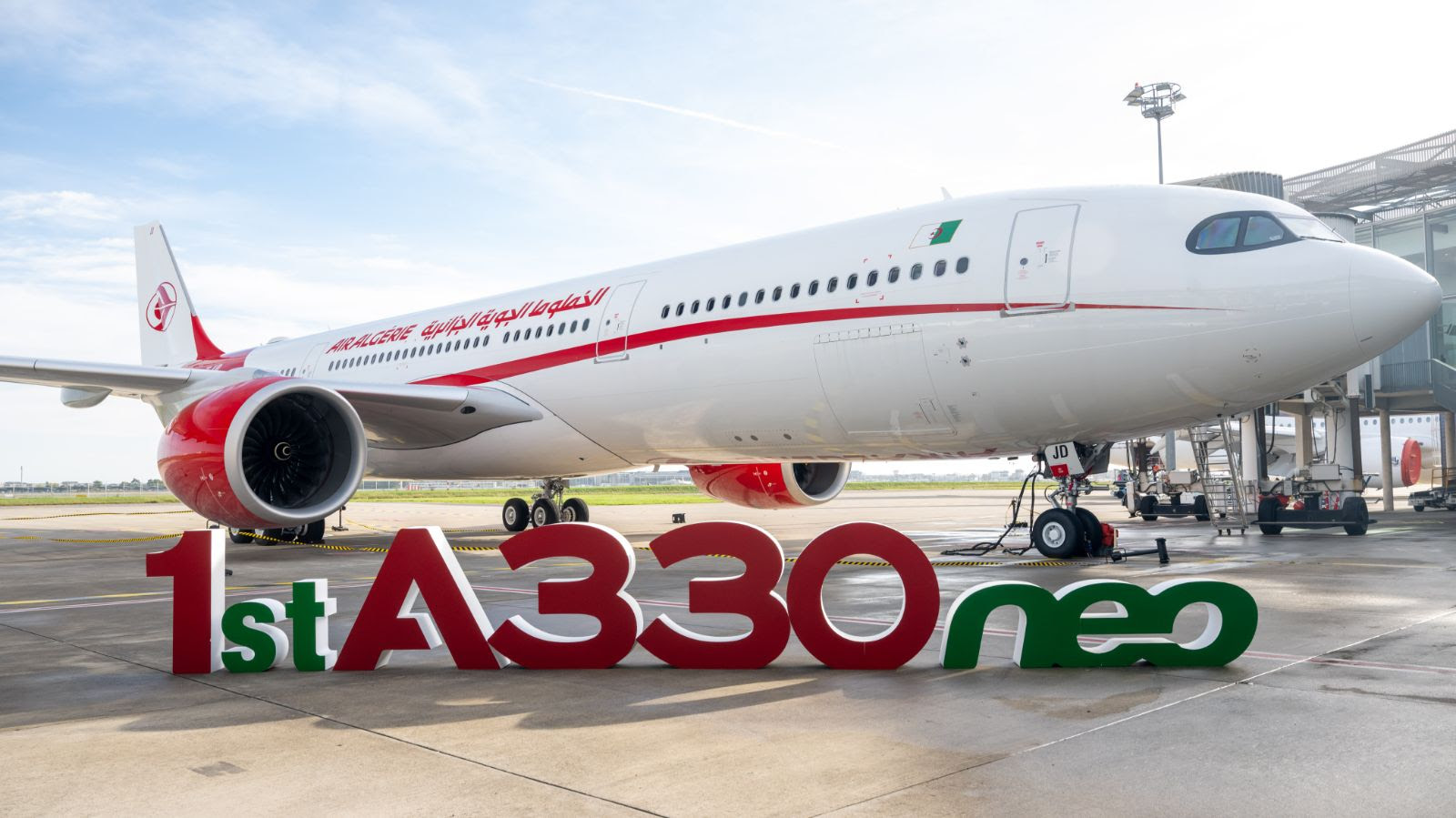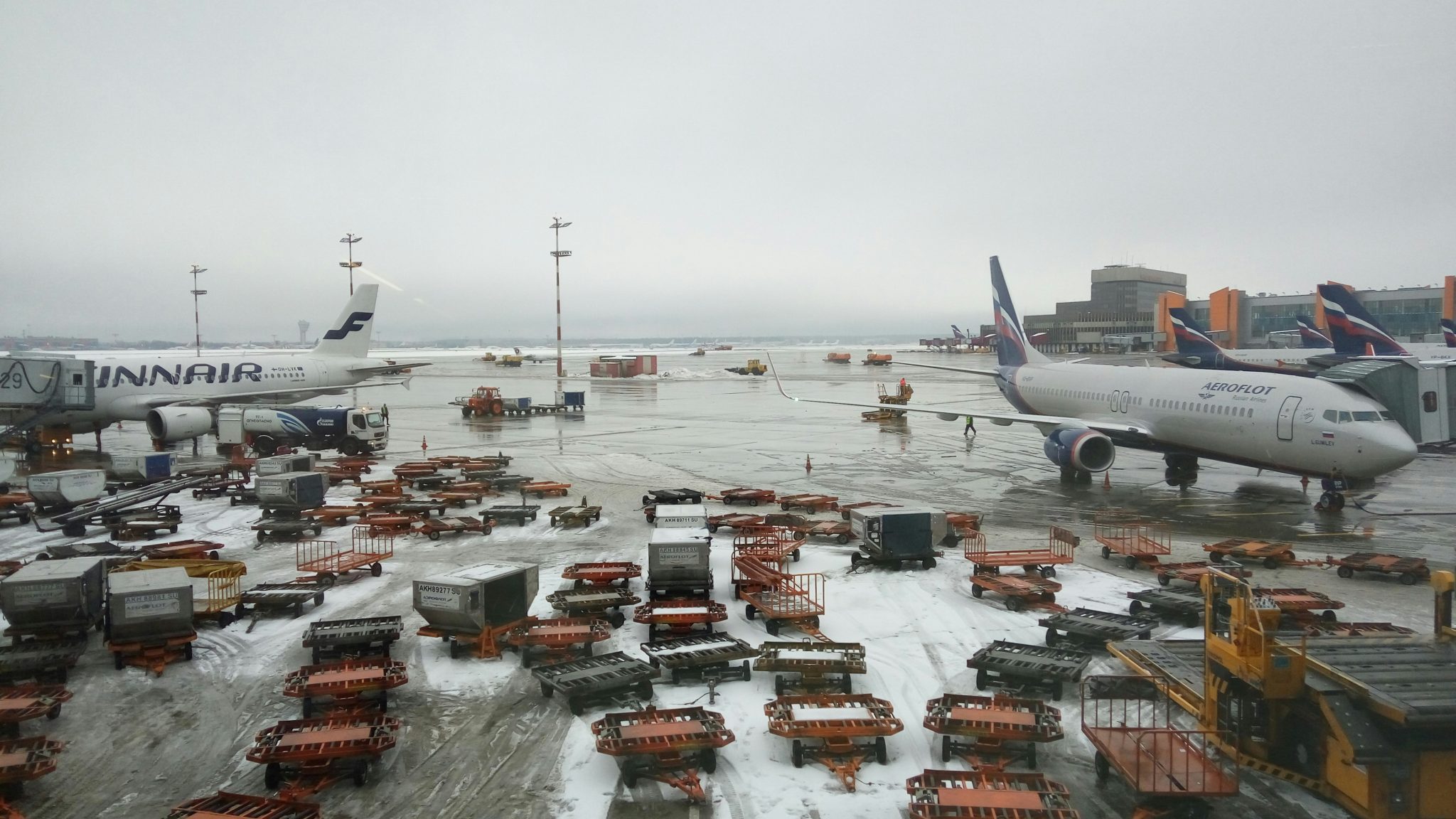The global airline industry is entering a new phase of post-pandemic recovery, with research showing unprecedented growth and an increase in cargo and passenger travel. This has also been picked up and published in the Q3 2024 edition of the AFRAA Air Transport Report, which provides a comprehensive overview of the sector’s performance. Drawing from OAG data and regional insights, the report highlights both the resilience of the global aviation market and the emerging strength of African carriers amidst ongoing economic and geopolitical challenges.
We took a look at the report and outlined key trends and figures from the report, with particular focus on African airline performance, regional connectivity, and structural developments shaping the sector’s trajectory. Let’s take a closer look.
Global Airline Industry Overview
Revenue Growth and Passenger Demand
In the third quarter of 2024, global airline revenues reached an estimated USD 112 billion, representing a 4% increase year-on-year. This growth was largely driven by sustained international travel demand and elevated ticket prices. Both leisure and business travel segments contributed to the upswing, with long-haul markets showing the strongest rebound.
North America and Europe continue to lead in terms of traffic recovery and capacity utilisation, with carriers in these regions benefiting from robust transatlantic demand and increased frequency on core routes.
Capacity and Traffic Indicators
Two key performance metrics demonstrate the scale of the recovery:
- Available Seat Kilometres (ASKs): Increased to 105.2% of Q3 2023 levels.
- Revenue Passenger Kilometres (RPKs): Reached 103.5% of Q3 2023 levels.
These figures suggest that airlines globally are operating at higher capacity and seeing continued improvement in load factors, supported by growing confidence in air travel.
African Airline Industry Performance
Passenger Revenue and Market Momentum
Passenger revenue for African airlines rose by 3% in Q3 2024 compared to the same period in 2023, indicating a positive, albeit gradual, recovery across the continent. This trend reflects improved economic conditions, increasing travel demand, and efforts by African carriers to expand regional and international networks.
Capacity and Demand Metrics
- ASKs increased by 8%
- RPKs rose by 7.4%
These growth rates outpace the global average, demonstrating Africa’s potential as an emerging aviation market. However, challenges such as infrastructure limitations, high operational costs, and regulatory complexity continue to constrain faster expansion.
Passenger Traffic Distribution and International Trends
In Q3 2024, international traffic for African airlines was largely concentrated along two corridors:
- Intra-African routes: 40% of international traffic
- Flights to Europe: 36%
Other regions also played a role:
- Middle East: 16%
- Asia: 4%
- Americas: 3%
Egypt remains the leading country of origin for international traffic, while France is the top destination. This illustrates the enduring strength of Africa–Europe links, particularly from North Africa.
Overall traffic distribution:
- International flights: 37%
- Intra-African routes: 31%
- Domestic operations: 32%
This relatively balanced distribution underscores the importance of both regional connectivity and international market access for African carriers.
Regional Market Insights
Northern Africa
- Accounted for 44.1% of total African passenger traffic in Q3 2024.
- Dominated by intercontinental travel (92% of traffic).
- Domestic traffic represented only 12%.
- Key markets include Morocco–Europe, with France, the United Kingdom, Germany, and Italy as top destinations.
Southern Africa
- Contributed 19.4% of continental traffic.
- Domestic travel was the dominant segment (64% of the region’s traffic).
- Intra-African international travel accounted for 56% of international movements.
- Leading market pairs: South Africa–Zimbabwe and South Africa–Namibia.
Eastern Africa
- Represented 18.5% of the continent’s traffic.
- Domestic flights made up 42% of total traffic.
- Intra-African connectivity remains strong, particularly between Kenya, Ethiopia, Tanzania, and Uganda.
- International travel focused on Europe (32%) and the Middle East (14%).
Central and Western Africa
- Combined share of African traffic: 18%
- Domestic traffic: 43%
- Intra-African routes made up 44% of international traffic.
- Outside Africa, Europe was the top destination (39%), followed by the Americas (8%), Middle East (7%), and Asia (2%).
Airline and Airport Rankings
Leading Airlines by Passenger Volume
According to OAG estimates, Ethiopian Airlines continues to lead the African airline market, supported by its extensive network and strategic hub in Addis Ababa. EgyptAir follows as a close second, with a broad operational footprint across Africa, Europe, and the Middle East.
These airlines demonstrate the importance of well-positioned hubs, efficient fleet deployment, and intercontinental partnerships in driving competitive advantage.
Top Airports by Passenger Traffic
- Cairo International Airport
- O.R. Tambo International Airport, Johannesburg
- Addis Ababa Bole International Airport
Top Freight Hubs (Q3 2024)
- Johannesburg: Over 286,000 tonnes of cargo handled
- Nairobi: 251,000 tonnes
- Cairo: 245,000 tonnes
Notably, Lagos and Accra were also ranked among Africa’s top ten cargo airports, indicating growing trade volumes in West Africa.
Airport Charges and Infrastructure Efficiency
A comparative study of airport charges based on the operations of a Boeing 737 revealed significant variation:
- Luanda had the highest charges among airports with over 300,000 passengers in Q3 2024.
- Algiers had the lowest.
- Johannesburg and Cairo, despite being among the busiest hubs, maintained below-average charges.
This suggests that competitive pricing strategies may support higher traffic throughput without compromising revenue.
Intra-African Connectivity: Signs of Progress
In Q3 2024, intra-African connectivity improved significantly:
- Overall connectivity reached 92% of Q3 2023 levels.
- The analysis was based on direct and single-connection routes across 20 key African hubs.
- Ethiopia led in direct intra-African connections, serving over 20 countries.
Northern Africa had the highest intra-regional connectivity rate at 67%, while inter-regional connectivity—particularly between subregions such as East and West Africa—remains limited. The strongest inter-regional link was between Northern and Western Africa at 36%.
Enhancing these connections is essential for achieving the African Union’s goals of greater economic integration and mobility under frameworks like the Single African Air Transport Market (SAATM) and the African Continental Free Trade Area (AfCFTA).
A Sector in Transition
The Q3 2024 performance data indicates that the global and African airline sectors are continuing to stabilise and grow, with Africa showing particularly strong potential for long-term development. Regional carriers are expanding their networks, passenger numbers are rising, and connectivity is improving—albeit unevenly.
However, challenges such as inter-regional fragmentation, infrastructure limitations, and high operating costs still constrain growth. Addressing these issues through collaborative policy frameworks, investment in airport infrastructure, and support for competitive airline ecosystems will be key to unlocking Africa’s aviation future.
The skies are clearing—but the journey towards a fully integrated and globally competitive African aviation sector is still underway.
